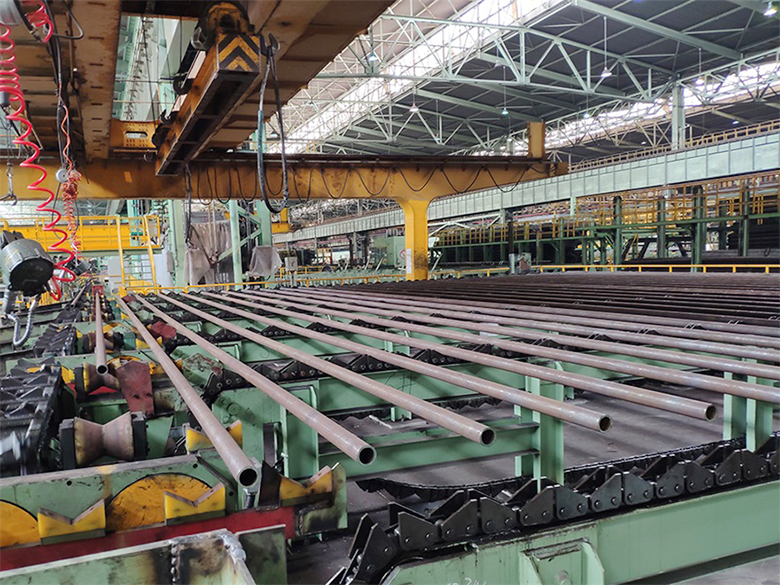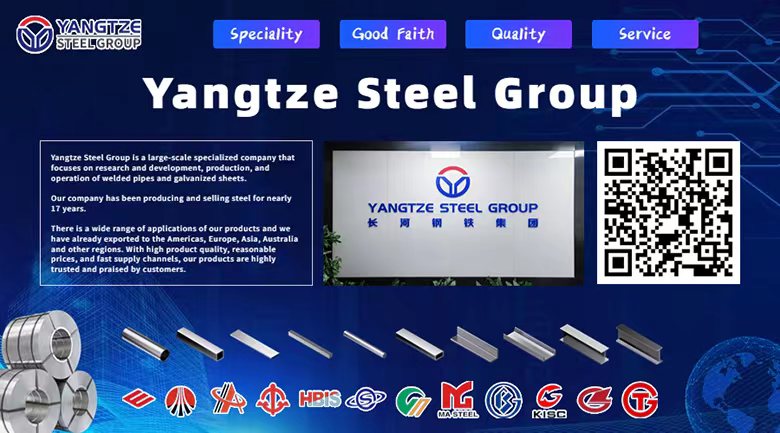Mechanical Tubing vs. Structural Tubing
Mechanical tubes and structural tubes are two common types of steel tubes, which differ in materials, applications, and manufacturing processes, and are suitable for different industrial needs.
1. Mechanical tubes: mainly used to manufacture mechanical parts, emphasizing mechanical properties and precision.
2. Structural tubes: mainly used in construction and structural applications, focusing on load-bearing capacity and durability.

Materials and standards
Features | Mechanical pipe | Structural pipes |
Material | High strength carbon steel or alloy steel | Low alloy steel or ordinary carbon steel |
Common standards | ASTM A513, ASTM A519 | ASTM A500, API 5L |
Mechanical properties
Features | Mechanical Tube | Structural pipe |
Tensile strength | Higher, suitable for high strength | Has sufficient load-bearing capacity |
Abrasion resistance | Excellent | Good, depending on the specific material |
Ductility | High | Medium, mainly to meet structural requirements |
Manufacturing process
Features | Mechanical tube | Structural pipes |
Manufacturing process | Cold rolled, hot rolled | Hot rolled, welded |
Surface treatment | Usually requires smooth surface | May have anti-corrosion coating or other treatments |
Application areas
Mechanical pipes: used in automobile, aviation and machinery manufacturing, manufacturing mechanical parts, requiring high strength and precision processing.
Structural pipes: used in construction, bridges and transportation, subject to huge pressure, and require good load-bearing capacity and stability.









